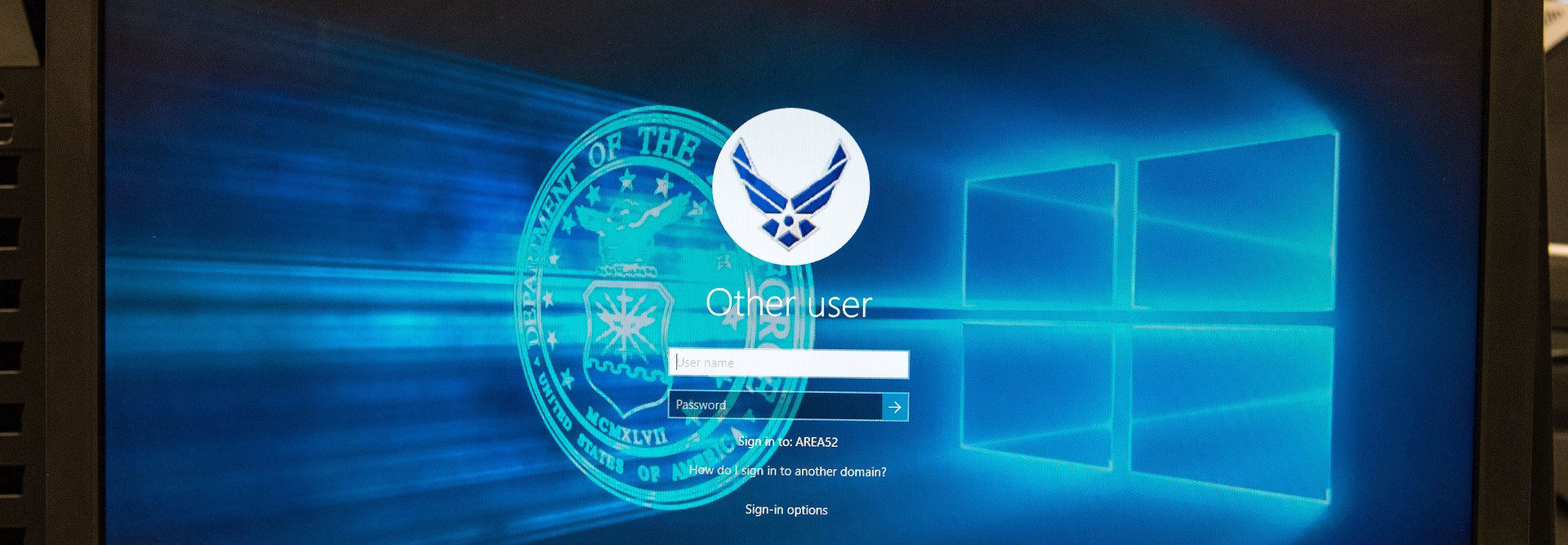When to Move to an Enterprise IT as a Service Model
The federal government spent about $88 billion on IT in fiscal year 2019, according to the federal IT Dashboard. Much of that was spent on in-house technologies and government-owned and operated IT systems. Some agencies are questioning whether so much technology spending — and associated IT tasks — should be done by the government itself.
At least that is what several military service branches are asking by shifting to a model known as Enterprise IT as a Service. The model outsources some core services to the private sector, including network transport, device provisioning, cloud services and even help desk functions.
The goal is to save money, keep pace with technology innovation and allow agency IT personnel to focus on cybersecurity and other core, mission-driven functions.
Based on the experiences of the service branches, and their philosophy on the model, agency IT leaders should consider it if they want to get out of the business of day-to-day IT operations to focus on higher-value work and if they want to speed up the modernization of their IT infrastructure.
MORE FROM FEDTECH: Find out how federal IT leaders can adapt to accelerating technological change.
Army, Air Force Embrace Enterprise IT as a Service Model
In March, the Army made clear it would be moving to the Enterprise IT as a Service model, which the Air Force began undertaking in 2018, and which follows the Navy’s consolidation of its IT infrastructure into the Navy-Marine Corps Intranet in 2001.
Federal News Network notes: “The Army estimates that 70 percent of the servers, routers and end-user devices on its 288 worldwide facilities are at or near the end of life. The figure is even higher for the equipment that handles voice communications — about 90 percent.”
Lt. Gen. Bruce Crawford, the Army’s CIO, has said if the Army proceeded as normal, it would take until at least 2030 to modernize all of that equipment, all while it footed the cost for maintaining the legacy infrastructure, the publication reports.
In April, the Army posted a request for information about the new model, seeking information on commercial IT services for networking, end-user devices, compute and storage needs.
According to the RFI, the Army plans to conduct an EITaaS pilot that will allow it “to evaluate commercial solutions and their ability to strengthen enterprise IT service delivery, improve user experience and integrate with existing government-only systems, architecture, processes and facilities, while maintaining an aggressive cybersecurity posture.”
The Army is planning three pilot projects to test out the model in 2019, with six to eight more likely to follow in 2020, Crawford said at a March event at the Association of the U.S. Army’s headquarters in Arlington, Va., according to Federal News Network.
The Army is following the Air Force’s lead on Enterprise IT as a Service. Last fall, the Air Force began an experiment at 20 out of its 187 bases to test the model and use commercially owned and operated IT services at those bases to learn and adjust before transitioning the rest of the service branch in 2020.
In March, the Air Force inked a contract to expand the pilot to several more bases to transform them to “a commercially provided, as-a-service approach for information technology service management, enterprise service desk, and end user device management, according to an Air Force statement.
MORE FROM FEDTECH: Find out how edge computing benefits feds.
Why Enterprise IT as a Service Could Be Right for Your Agency
Why should an agency consider Enterprise IT as a Service? There are several reasons, including an improved user experience and the ability to free up personnel to perform tasks IT leaders think are more essential than responding to help disk tickets.
“The strategic intent is two-fold,” Bill Marion, Air Force deputy CIO, said in the statement. “First, improve the IT user experience and mission effectiveness of our Airmen and second, to focus less on running commodity IT services and more on our core competencies in the cyber warfighting domain.”
Another consideration to keep in mind is whether moving to the model will allow your agency to leapfrog ahead in terms of infrastructure modernization. Working with a commercial partner can help increase the pace of IT modernization, leverage commercial best practices and allow personnel to focus on internal cybersecurity platforms and projects.
“It’s almost like a Gordian Knot we’re trying to untie when you look at the effort to modernize the enterprise,” Crawford said, according to Federal News Network. “The Army’s enterprise network, at its current level of investment, cannot meet the immediate and future warfighting requirements to optimize force readiness.”
Not every agency will need to adopt Enterprise IT as a Service, but it should be a model worth considering as the push for government IT modernization continues.
This article is part of FedTech's CapITal blog series. Please join the discussion on Twitter by using the #FedIT hashtag.










